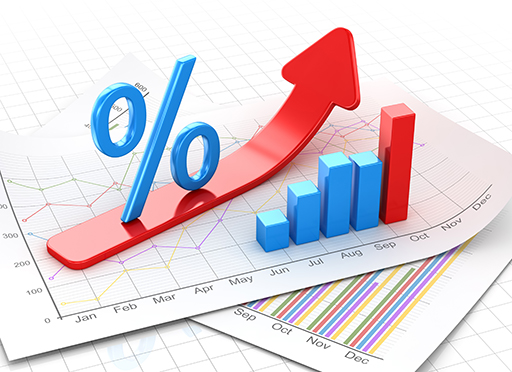7 How much does it cost to borrow money?
When someone borrows money, the amount they have to repay to the lender consists of three elements.
1. The amount originally borrowed. This is often referred to as the principal sum, or sometimes the capital sum. You usually pay this back in stages (usually monthly) over the life of the loan, but it is possible to pay it all back at the end and just pay the interest monthly – but this only really happens on mortgages, and even then, you need to satisfy tougher criteria to get these ‘interest-only’ mortgages than a standard mortgage.
2. The interest that has to be paid on the debt. This is the key price you pay to be able to borrow, and how banks etc. make their money. It is normally expressed as a percentage per year – for example 7% per annum.
In simple terms, on a constant £10,000 debt the cost at 7% is £700 per year. However, the reality is that it will be less over the year as you are likely to be paying back some of the loan. Working out precise interest costs is complex even for the most skilled mathematician, given the debt is constantly reducing and most loans charge interest on a daily basis based on the balance that day, but there are online calculators that can help.
3. Charges. There might be charges associated with taking out, having or repaying debt, which is very common on mortgages. These will be explored in more detail later in this session and in Session 4 on understanding mortgages.

